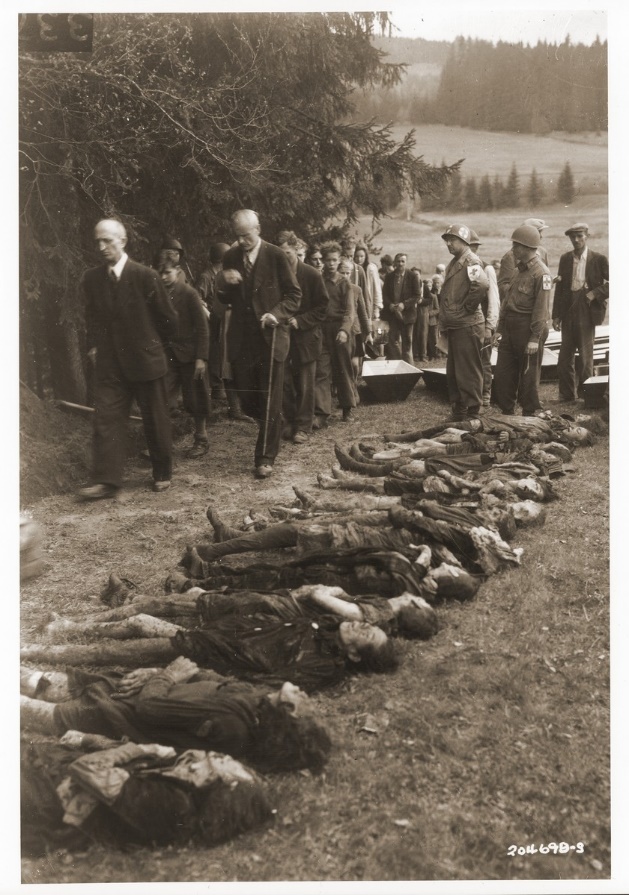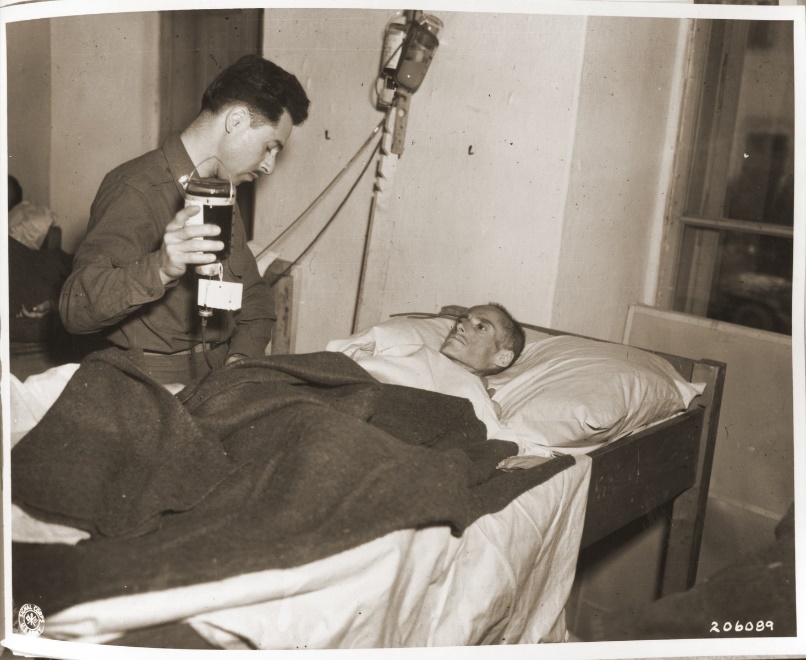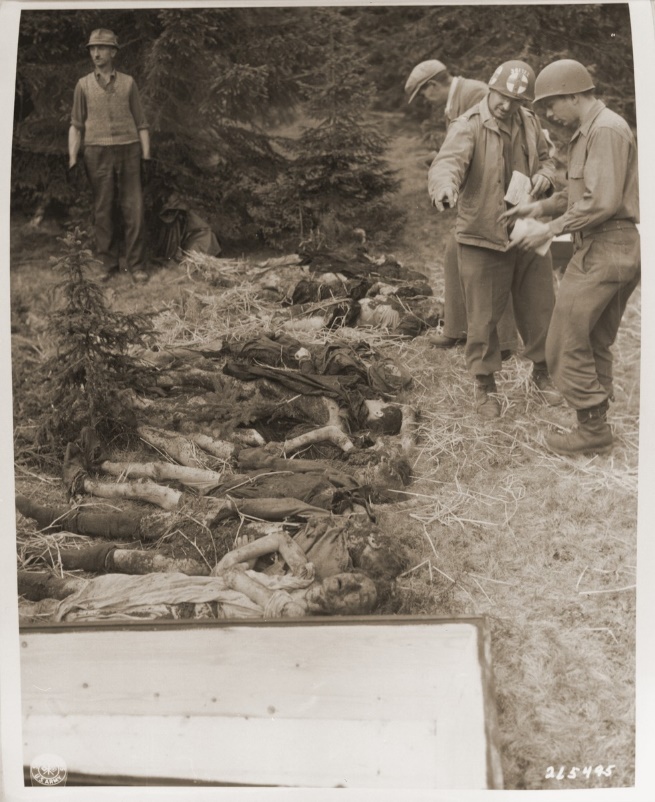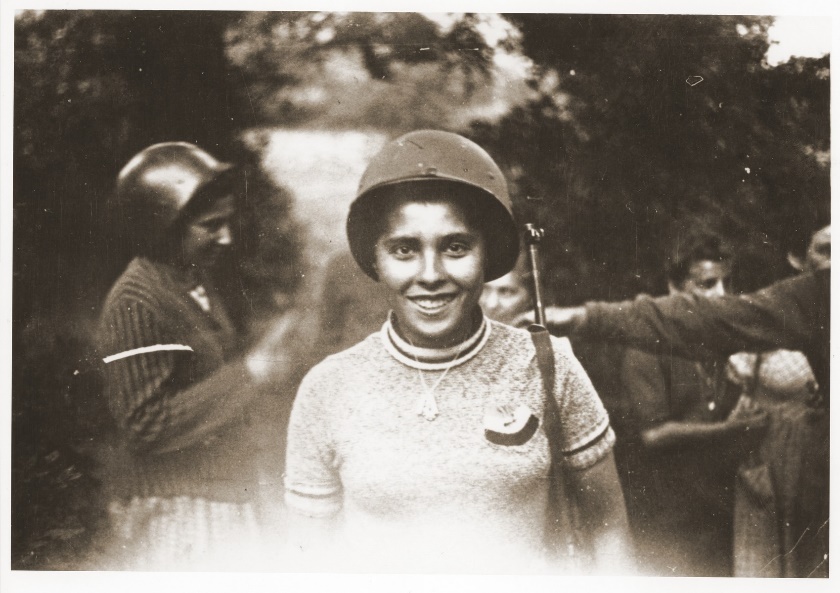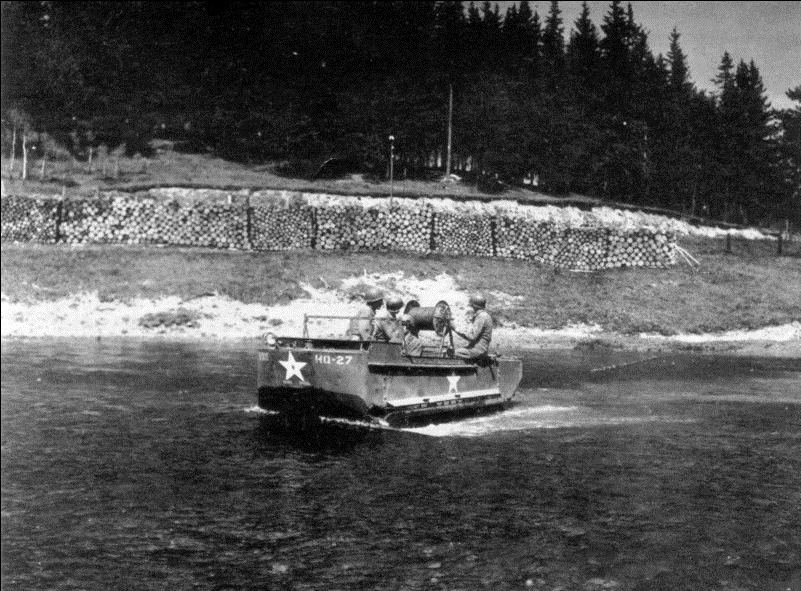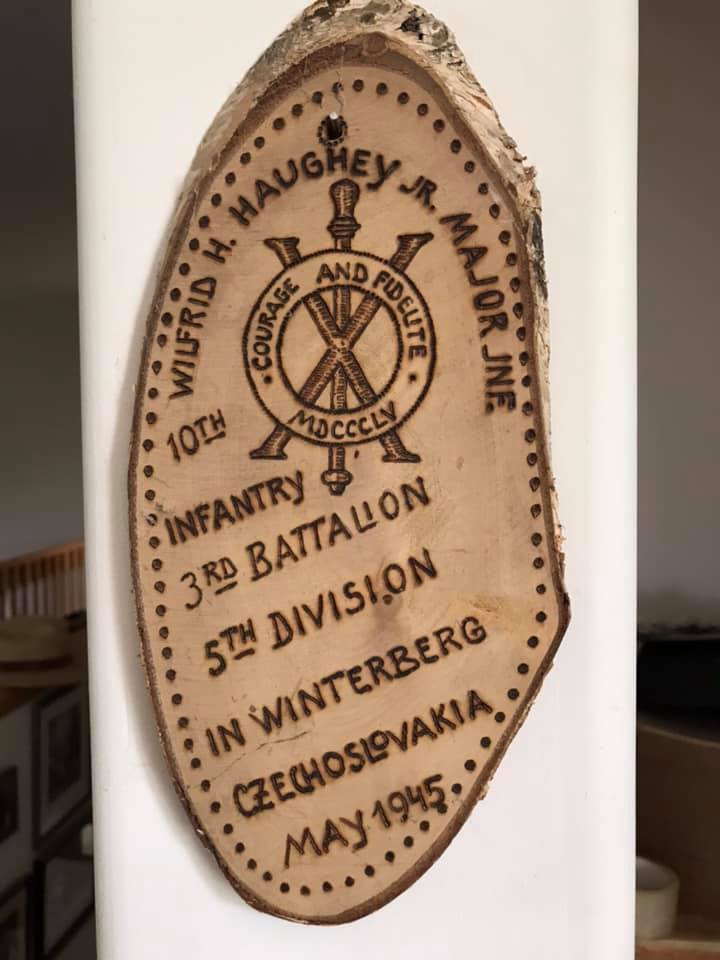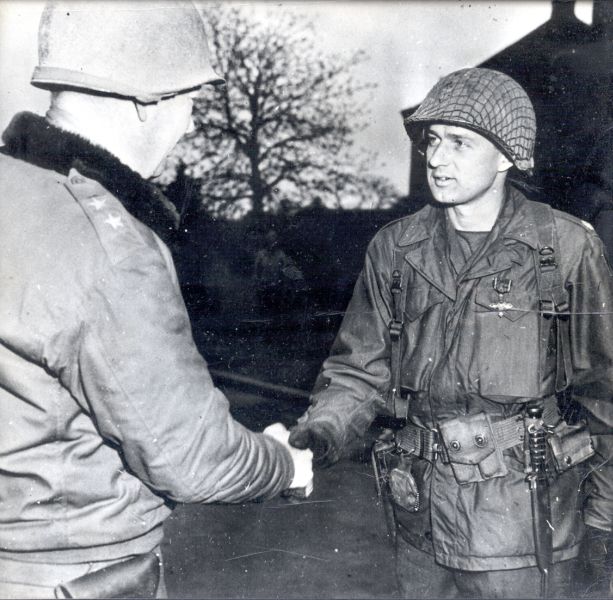Major Wilfrid H. Haughey Jr., 0-3348
Hq. 3rd. Bn., 10th Infantry
APO-5, Postmaster
New York, N.Y.
May 9th., 1945
Dearest Darling,
Well, most of the war here is over and there are many happy doughs in this outfit.
This whole thing is a very large anti-climax, and leaves most of us with mixed feelings. As a matter of fact, there was very little celebration around here—there was some, but not what you might expect. Most of us who had any liquor left had a few drinks that evening and went to bed tired.
At the time we received the order to hold fast and cease fire, all three rifle companies of the Bn. were on the move in an attack, and I had a hell of a time stopping them. One company went 1500 yards before I could get them stopped. I made them withdraw and they couldn’t understand it at all. Well, they finally stopped and later found out what it was all about. At the time things were going so fast it took a while day to get things thrown into reverse with any kind of planned organization.
After the cease fire the Germans started walking in and riding in on their own transportation wagons, and anything else that would move, including tanks. It gave me an odd feeling to see an American convoy going one way on the road, and a German convoy with tanks and guns, going the other. Both sides were armed to the teeth and no one fired a shot.
That night I went to help a German convoy that came in, in the dark, get into a bivouac area. All their small arms were piled in their own vehicles, but they had tanks and SPs (self propelled gun) in the column. –No trouble at all. We turned on all the lights we could find, and things finally settled down quite under control.
All day today, Germans have been streaming in, singly, in groups, and in convoy. We don’t guard them, just show them which way to go, and they all end up in one of several big camps. A lot of them driving their own vehicles, and also some of our vehicles which they had previously captured. Things are pretty well under control now, and we have had no “incidents”.
As you will notice, we have been in Czechoslovakia. We fought through Germany, Austria, and part way through Czechoslovakia. In the Sudetenland things were pretty much German, but as we went farther into Czechoslovakia. it was more like France. Where we ended the war the Czechs threw parties for the men, and are really quite nice people. They can’t do enough for us. That is true however, only in the small hill towns. The larger cities and towns are largely filled with Germans of one kind or another, who fled the bombed out cities of Germany. And fled the advancing Americans.
I saw an interesting thing today. I was going up a road almost straight up, in Czechoslovakia, and noticed along the road about every 100 yards there would be a stone marker, something like a tombstone, and on it would be cut in stone one Crucifix. They had all been there a long time—very weather beaten, but well preserved, and around each was a well-worn and trampled area, indicating that the people had been saying the stations of the cross there.
Now that the war here is over, you will be wondering when we will be coming home. So am I. The possibilities of my leave are, I would say, improved. However, all I can say is that we will stay here for an indefinite period of time, probably depending on the availability of transportation facilities etc. I do believe however, that this outfit has a high priority to get home, and will be among the first to go. I would like to see the 5th Infantry and the 4th Armored Divisions go home in a body and parade down 5th Avenue. However as far as I am concerned, I just want to get home.
I have a stack of letters here from you, and three from the folks. I anticipate a more or less static situation here for a while, and in such situations things get a little boring, and I am liable to go “hut nutty”, so recently relieved a Kraut officer of his horse, a fine bay saddle horse and have him being taken care of by a Czech farmer until I can take care of him. Should be fun. He’s quite a horse too. I haven’t had time to ride him yet, but I will.
Love, Will
